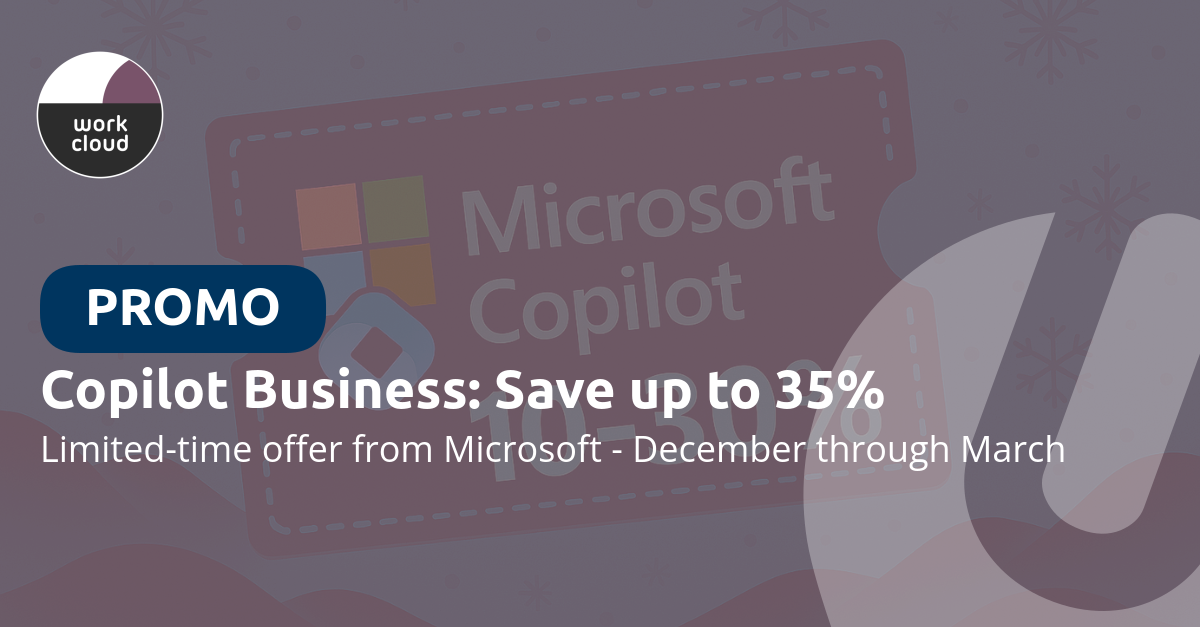
Microsoft 365 Copilot Business: Save Up to 35% This Winter
Take advantage of Microsoft's limited-time promotion on Copilot Business licenses. Get 15% off individual licenses or 35% off bundles with 10+ licenses.
Read MoreLatest news, insights, and expert perspectives on cloud technology and digital transformation.
Showing 28 articles

Take advantage of Microsoft's limited-time promotion on Copilot Business licenses. Get 15% off individual licenses or 35% off bundles with 10+ licenses.
Read More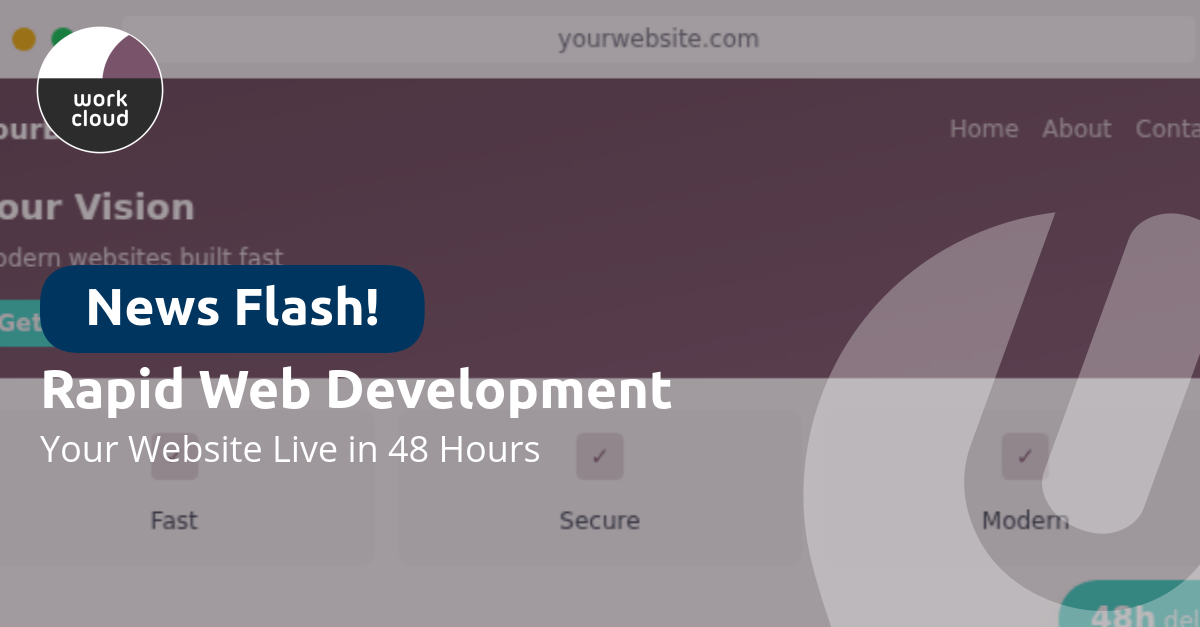
Universal Cloud launches a new service delivering modern, secure websites without CMS vulnerabilities - from concept to live in just 48 hours.
Read More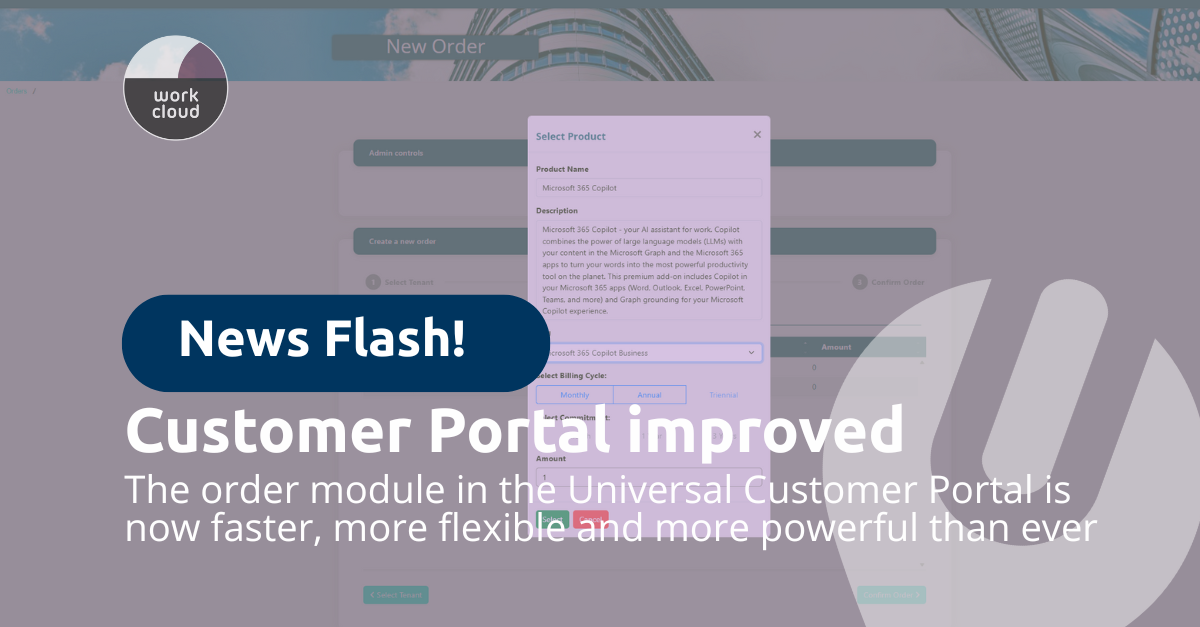
The improved Order Module offers faster response through caching and new annual payment options for greater flexibility.
Read More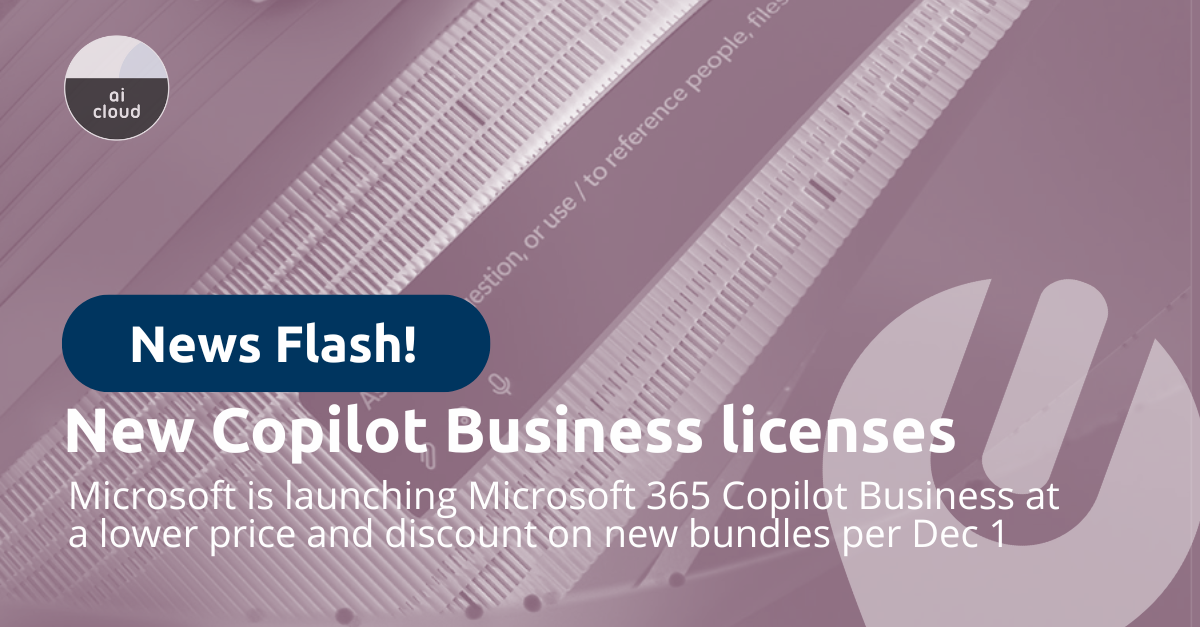
Bringing powerful AI productivity tools to SMBs at a lower price point starting December 1.
Read More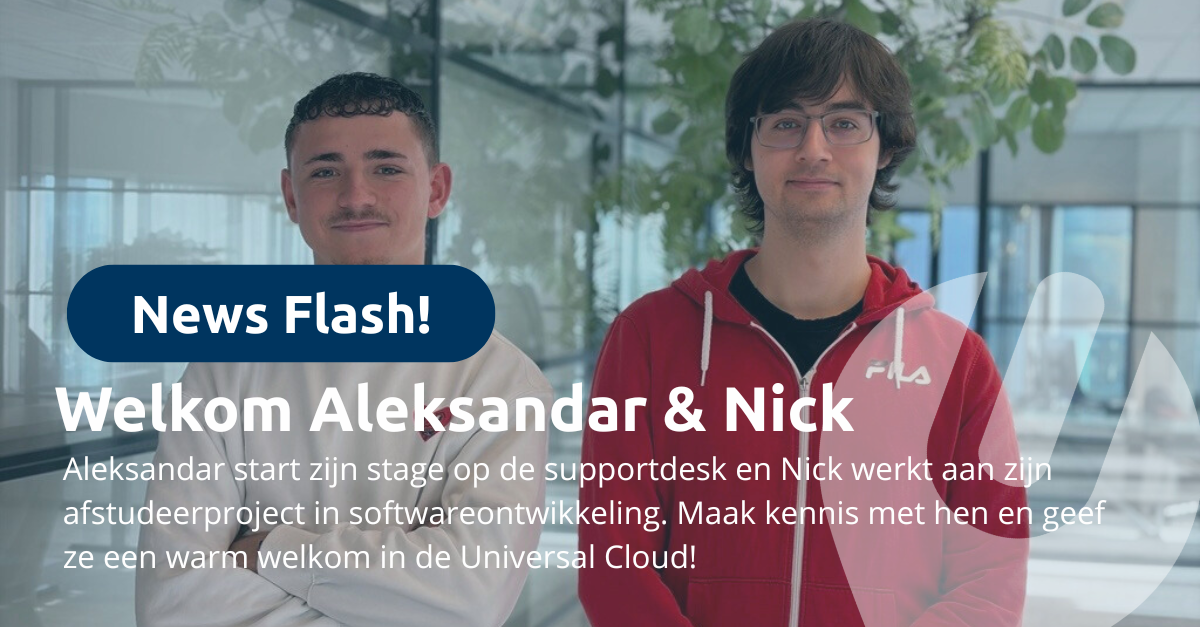
Nick joins software development, Aleksandar supports the support desk team.
Read More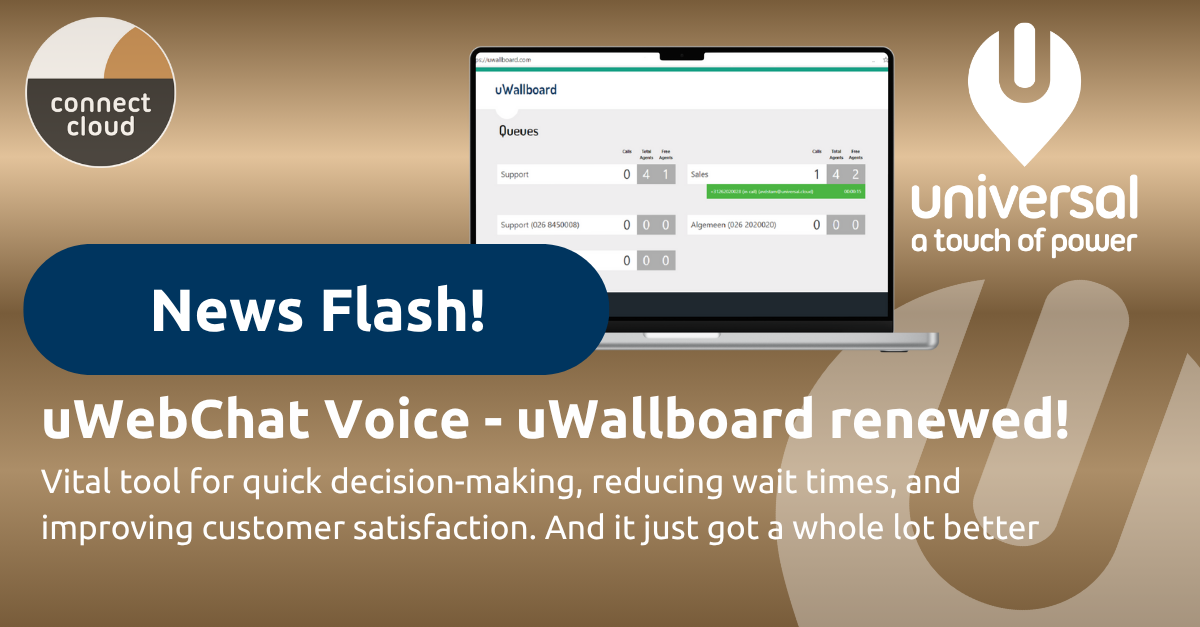
uWallboard crucial for quick decision-making, reducing wait times and improving customer experience.
Read More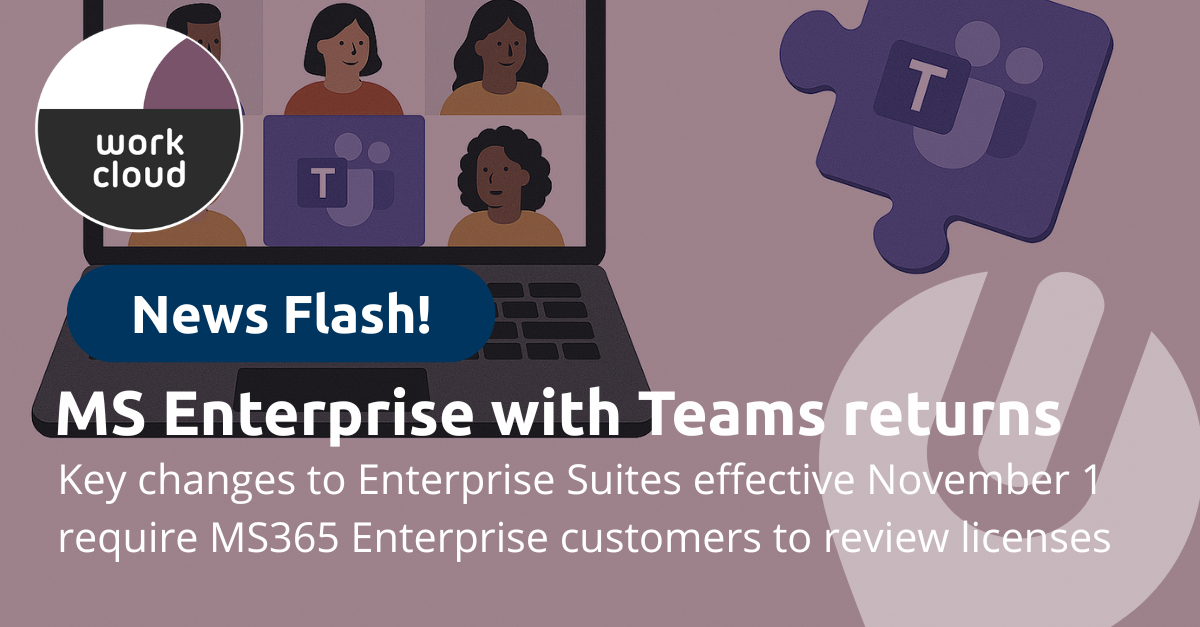
Enterprise suites with Teams returns; customers must review licenses to ensure compliance.
Read More
Understanding how LinkedIn uses your data for AI training and how to protect your privacy.
Read More
Copilot integrates Anthropic LLMs; ensure data stays compliant with your organization's policies.
Read More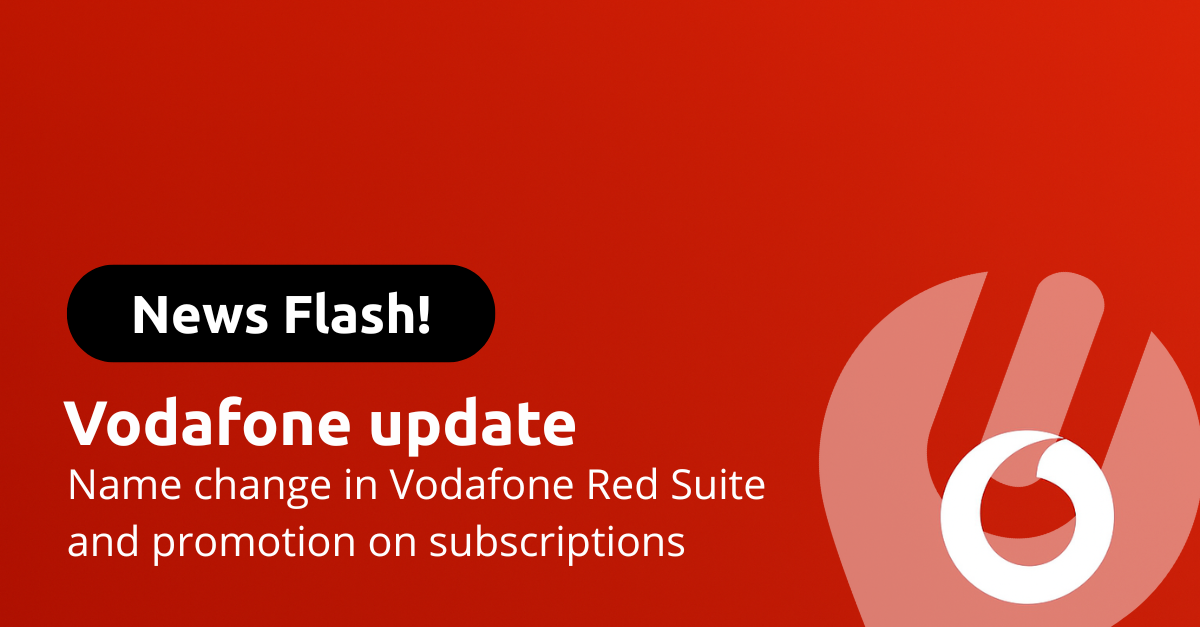
Red Pro plans renamed for intuitive market alignment with promotional offerings.
Read More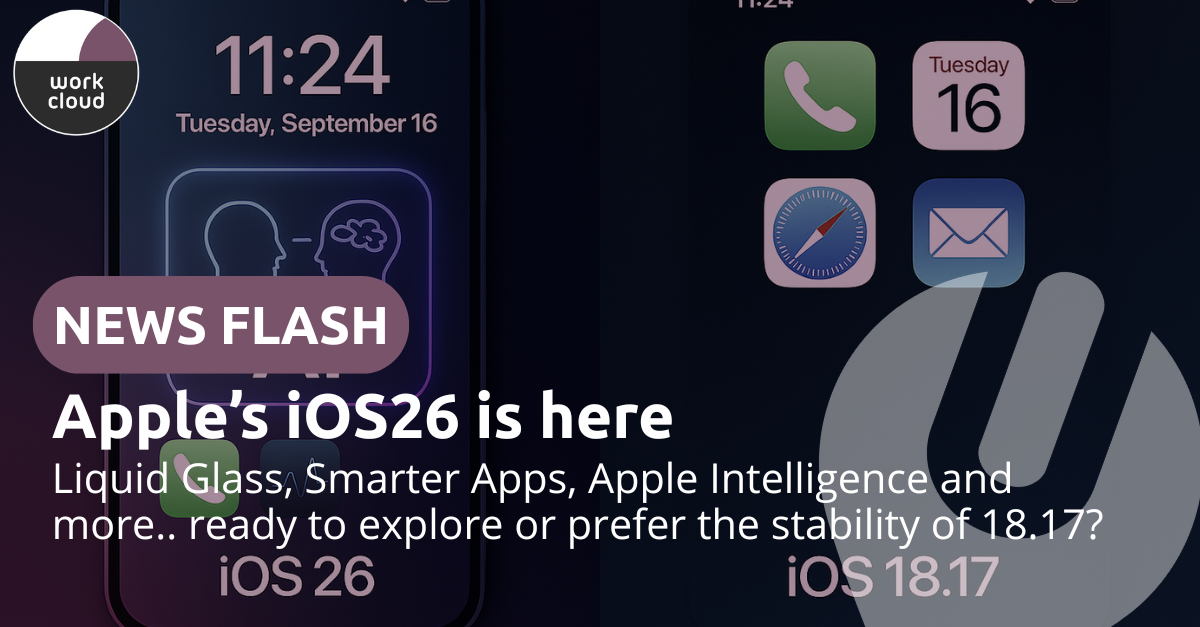
Guidance on iOS 26 adoption or staying with iOS 18.17 for your organization.
Read More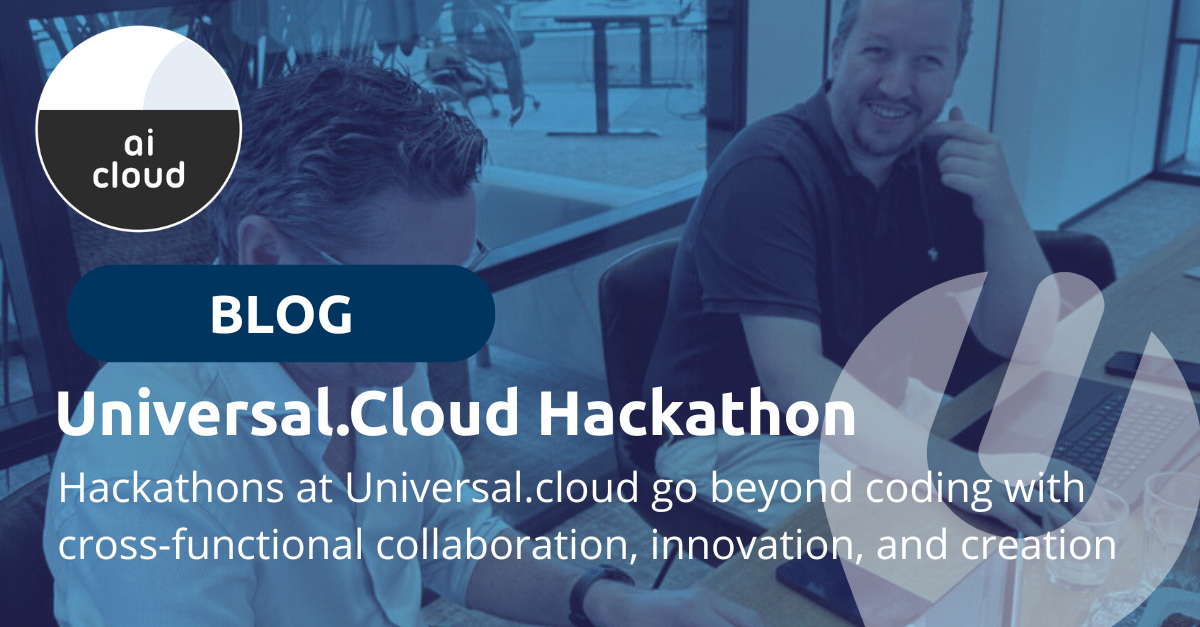
Our team explores cutting-edge AI agent technologies to enhance our solutions.
Read More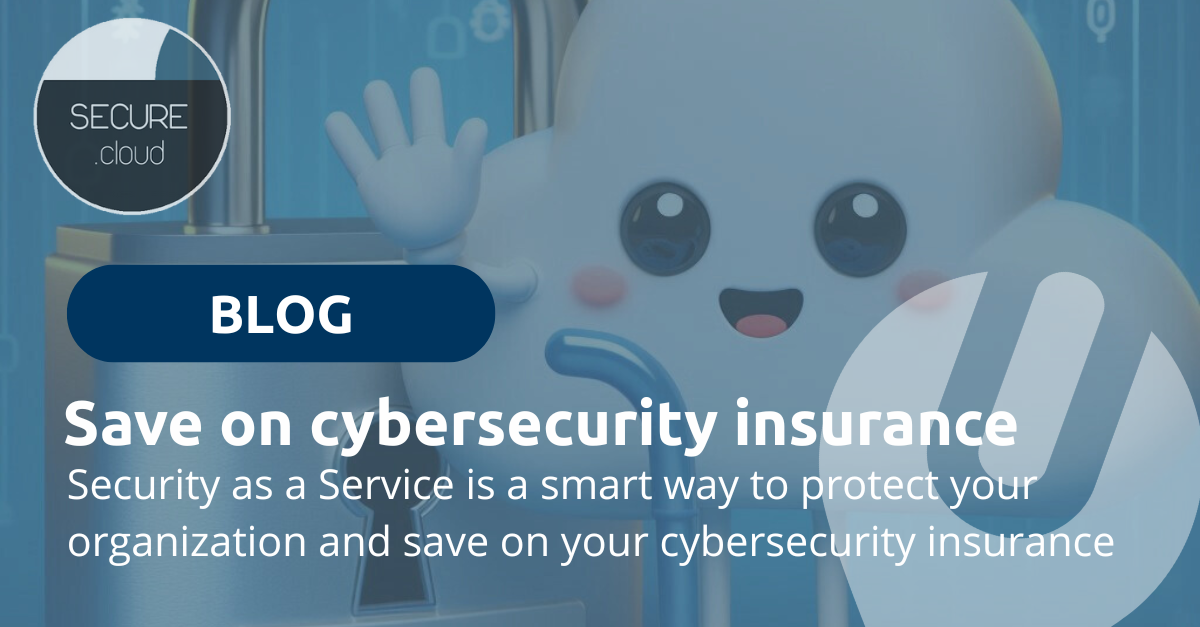
How comprehensive security solutions can reduce your cybersecurity insurance premiums.
Read More
Major step forward in self-service, transparency, and direct communication with our platform.
Read More
Dutch government initiative helping small businesses improve digital security and cyber resilience.
Read More
Optimize business communications with advanced acoustic technology from Poly.
Read More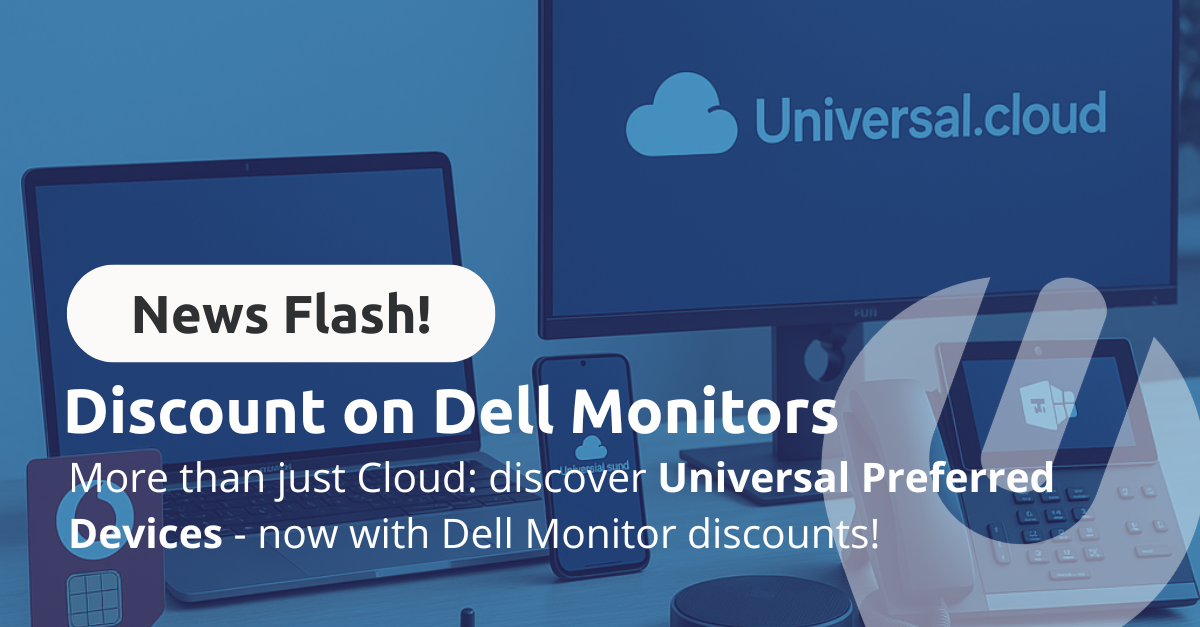
Curated hardware selection for modern workspace solutions with Dell displays.
Read More
New capabilities enhance productivity and streamline workflows with AI-powered analysis.
Read More
Major step unifying communication channels into a seamless solution for your team.
Read More
Discover how AI is transforming research workflows with Microsoft 365 Copilot integration.
Read More
How AI-powered analysis capabilities enhance data-driven decision making.
Read More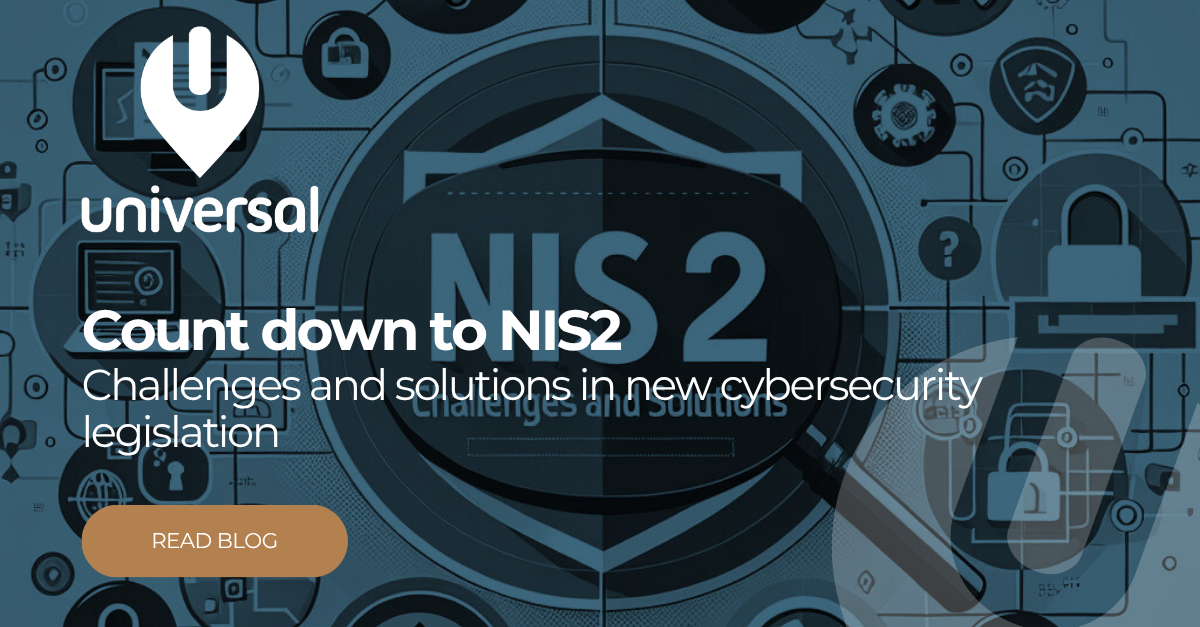
Understanding the new EU cybersecurity directive and how it affects your organization.
Read More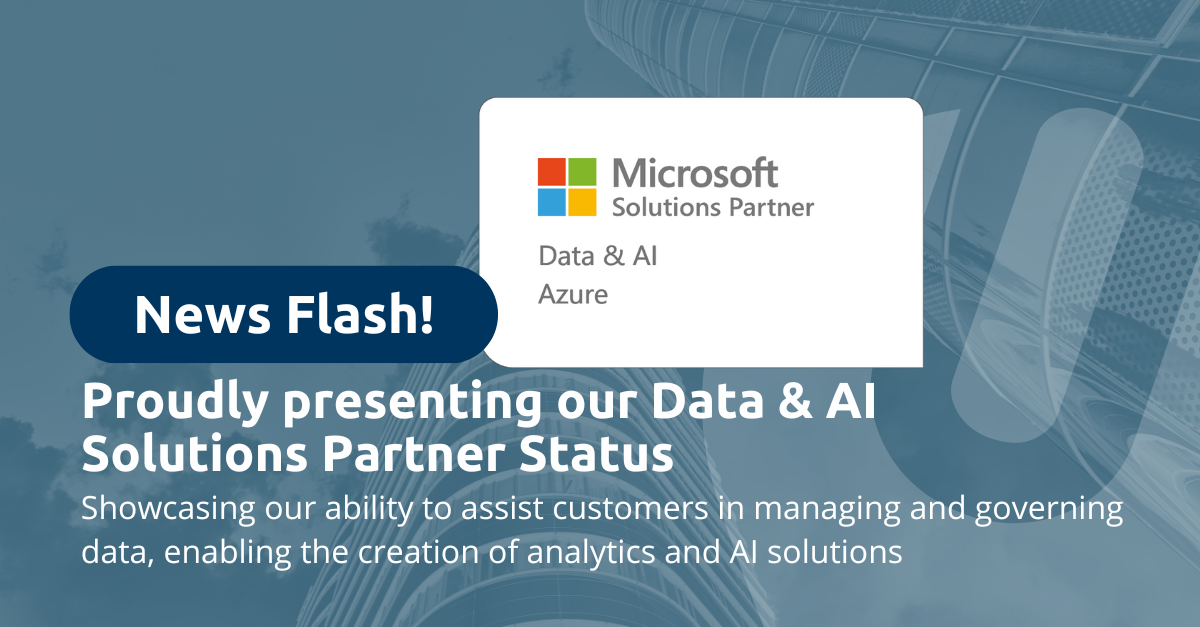
Demonstrates ability assisting customers manage and govern data effectively with Azure.
Read More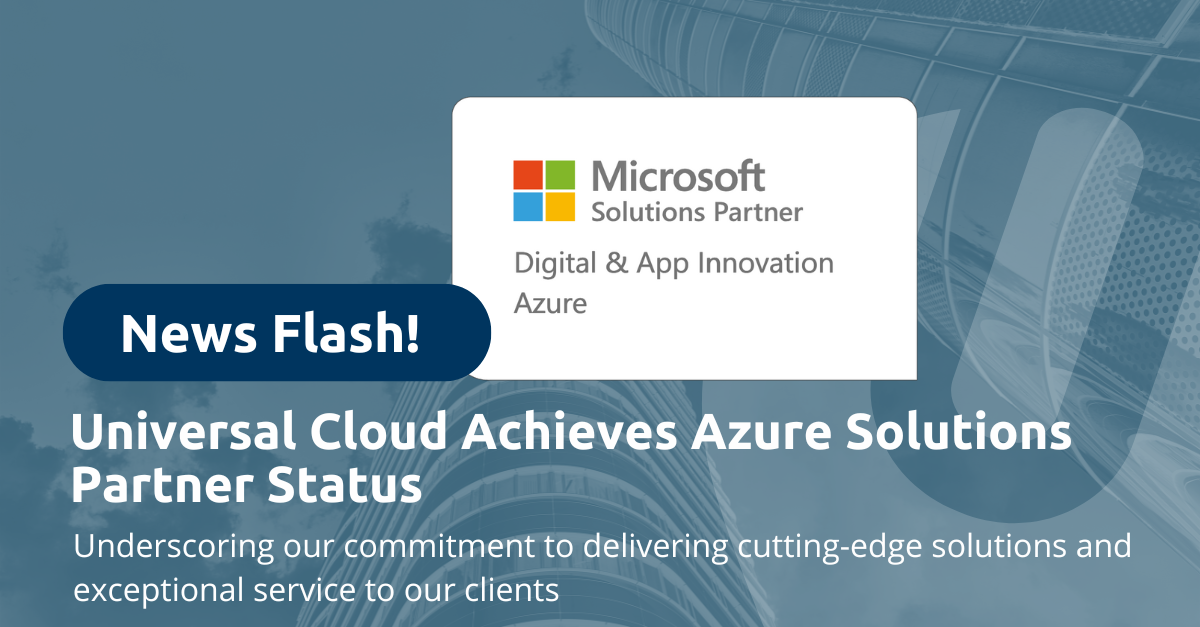
Recognition underscores commitment to cutting-edge cloud solutions and digital transformation.
Read More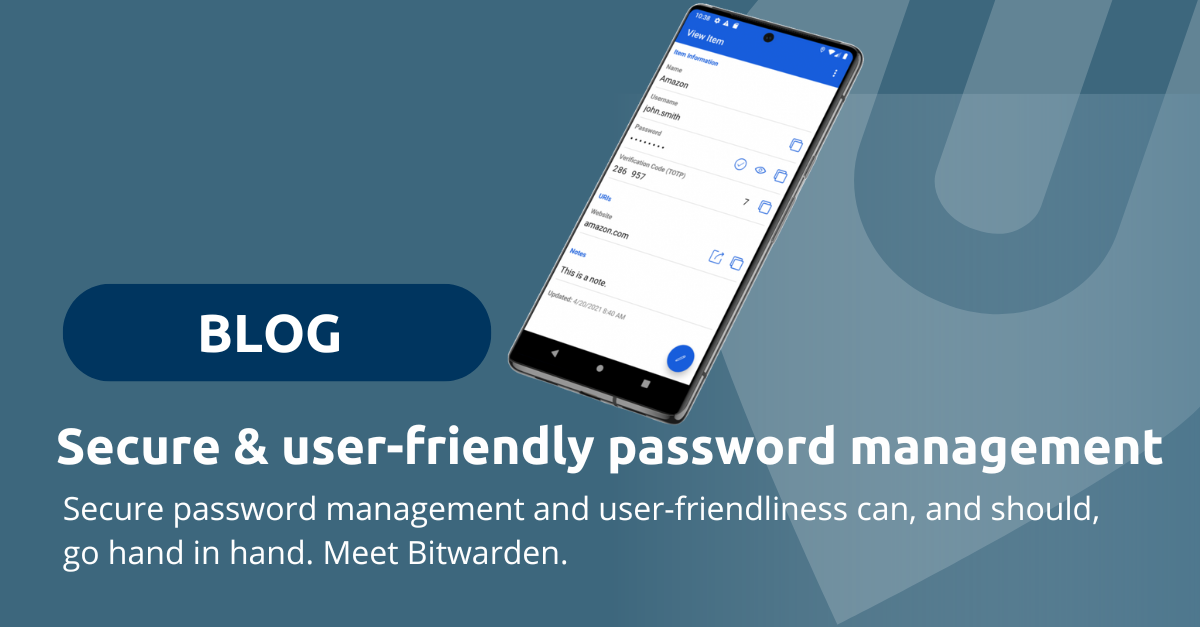
Best practices for implementing secure password management with user-friendly solutions like Bitwarden.
Read More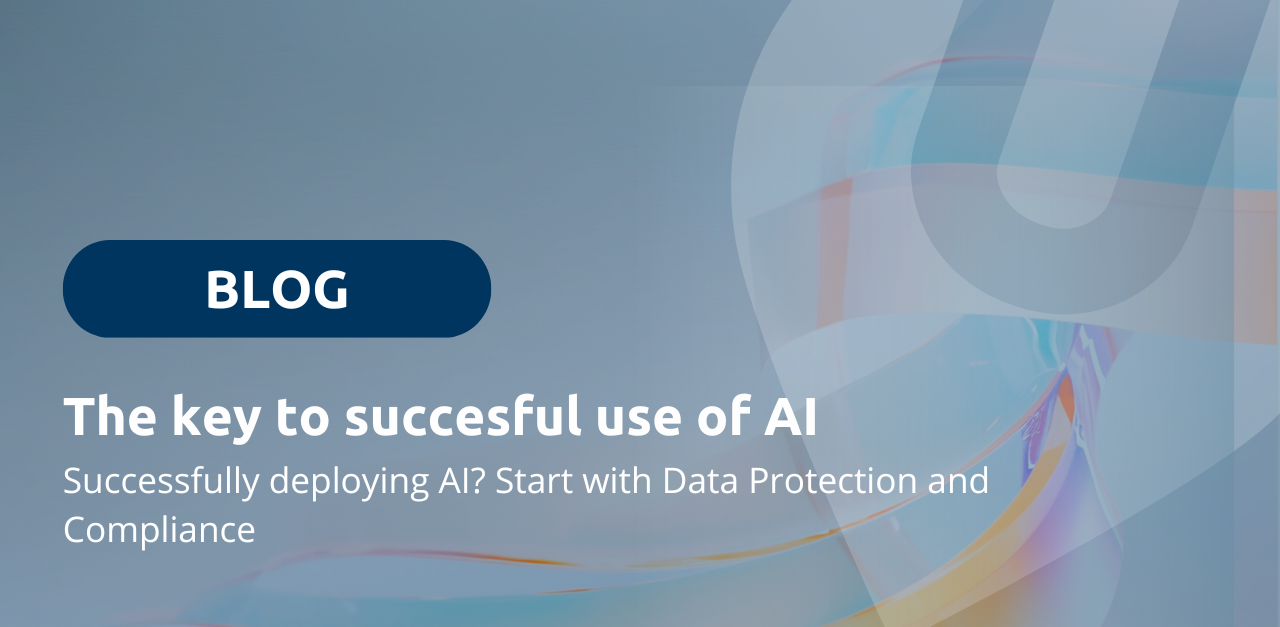
The key to successful use of AI lies in well-protected and compliant data management.
Read More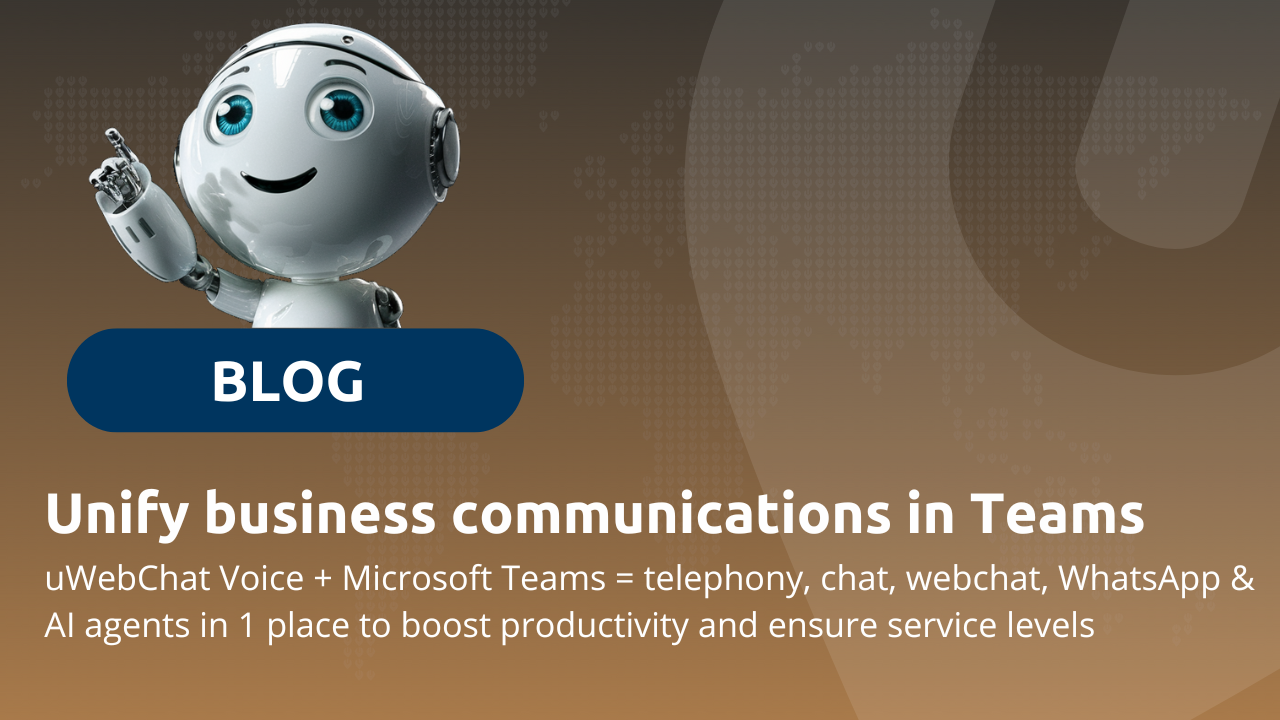
How to consolidate all your business communications into a single Microsoft Teams platform.
Read More
Comprehensive security solutions to help you comply with NIS2 requirements.
Read MoreSubscribe to our newsletter for the latest insights on cloud technology and digital transformation.